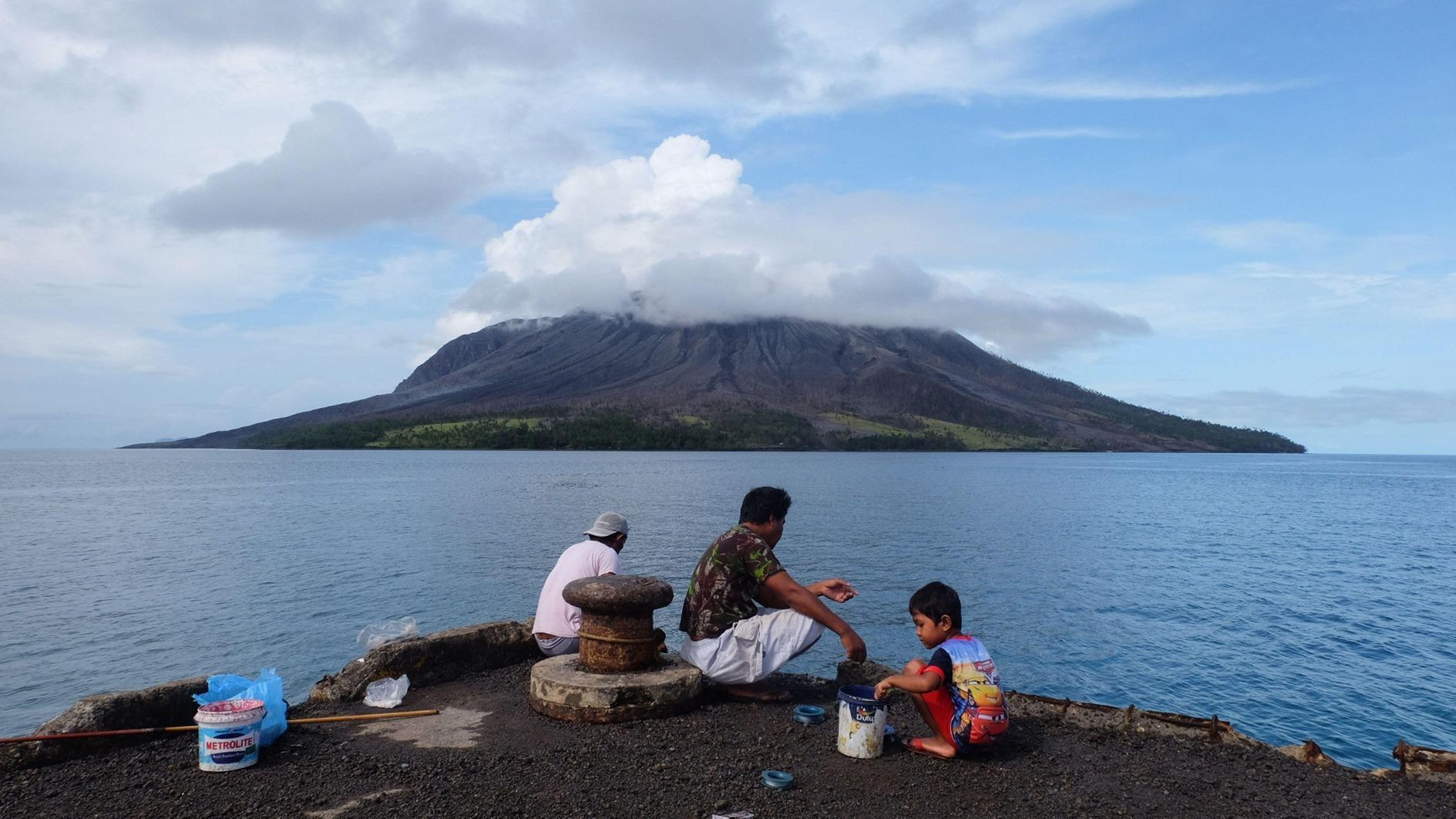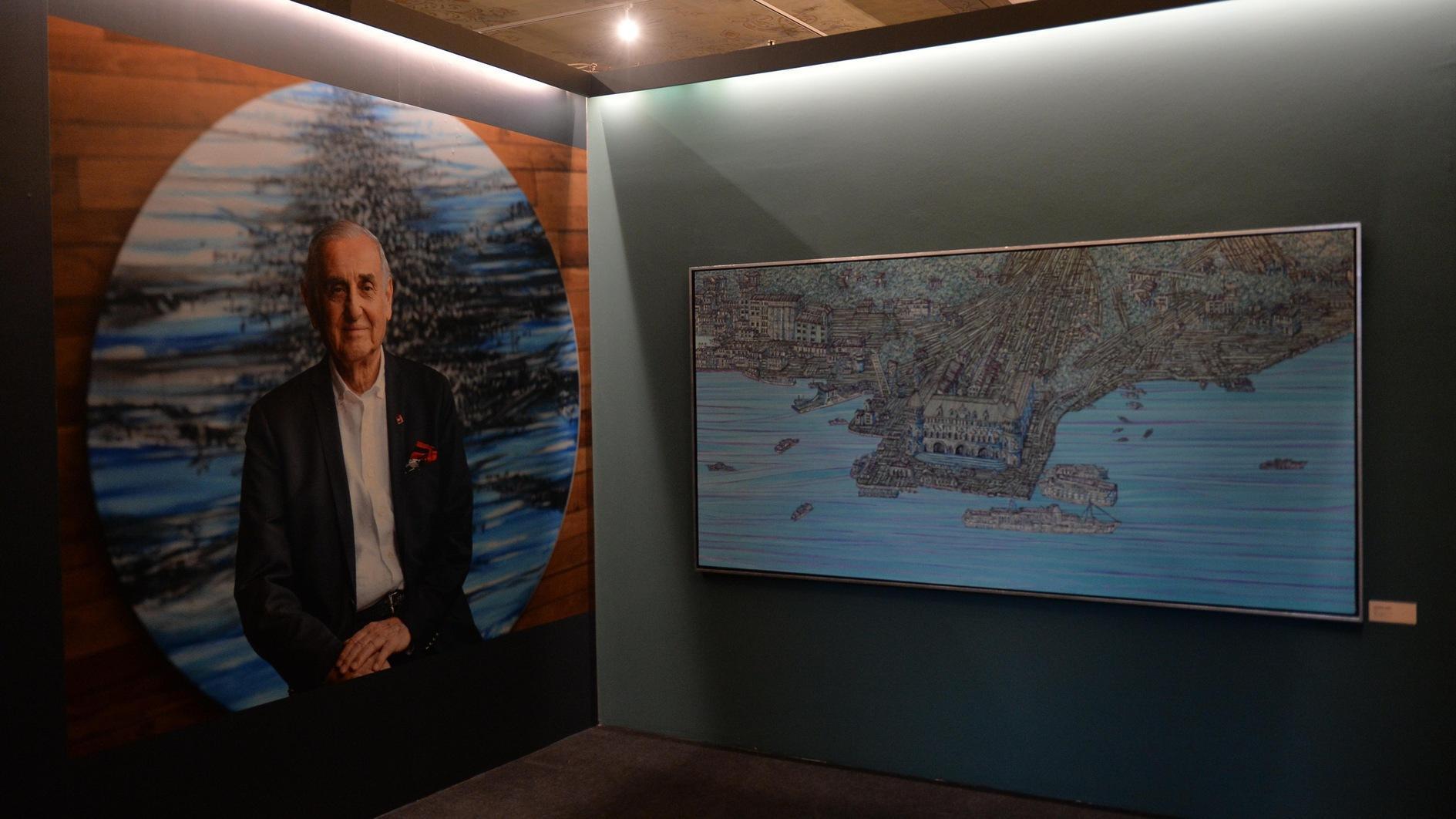Crime of ‘destroying cultural heritage’
Nobody got punished for blowing up the giant Buddhist statues in Afghanistan’s Bamiyan Valley in 2001. Nobody has been sent to jail for blowing up much of the ancient city of Palmyra in Syria after the Islamic State of Iraq and the Levant (ISIL) captured it in May 2015 (it was recaptured in March). But Ahmed al-Mahdi is going to jail for a long time for destroying the religious monuments of Timbuktu, and he even says he’s sorry.
Appearing before the International Criminal Court (ICC) in The Hague on Monday, the former junior civil servant in Mali’s department of education said, “All the charges brought against me are accurate and correct. I am really sorry, and I regret all the damage that my actions have caused.”
He caused a lot of damage. Timbuktu is a remote desert outpost now, with fewer residents than the 25,000 students who thronged its famous Islamic university in its golden age in the 16th century. Its ancient mosques and monuments are of such historical value that they have earned Timbuktu (like Bamiyan and Palmyra) a UNESCO designation as a World Heritage Site.
Timbuktu’s greatest treasure was its tens of thousands of manuscripts dating from the 12th to the 16th centuries, which dealt with topics as diverse as literature, women’s rights, music, philosophy and good business practice.
When al-Qaeda in the Islamic Maghreb (AQIM) stormed into Timbuktu in 2012, the heroic librarian Abdel Kader Haidara saved 95 percent of the city’s manuscripts by smuggling them out to Bamako, Mali’s capital, by car and boat. But the mosques and the mausoleums could not be moved, and al-Mahdi was recruited to head the “morality police.” One of his jobs was smashing the ones that were “idolatrous.”
Al-Mahdi, born near Timbuktu, was already a follower of Wahhabism, an austere Islamic sect of Saudi Arabian origin that condemns ordinary people’s reverence for ancient mausoleums and religious shrines as idolatry.
So to protect people from sin, historic buildings, tombs, etc. must be destroyed (back home, the Wahhabis have pretty well finished the job in Mecca by now).
AQIM, like ISIL and the Taliban, is “Salafi” in its beliefs, but Salafism is essentially an offspring of Wahhabism with added extremism. So al-Mahdi was an obvious recruit for AQIM, and he threw himself into his new job with enthusiasm. He is charged with destroying nine mausoleums and part of one mosque, but he almost certainly vandalized many more.
Malian and French troops drove AQIM out of Timbuktu in 2013, and al-Mahdi was captured shortly afterwards. As head of the morality police he supervised the whipping of smokers, drinkers and “impure” women, the stoning of adulterers and the execution of “apostates” – but the charge that the ICC chose to bring against him was “destroying cultural heritage.”
This is a first for the ICC, the world’s permanent war crimes court. Its previous cases have all involved illegal violence against people. This case is about violence against things.
Even if they are things sacred to many people, some critics worry that expanding the category of war crimes in this way undermines the unique status of torture, murder and genocide as crimes so terrible that they require international action if local courts cannot deal with them. Mali requested that the case against al-Mahdi be transferred to the ICC, but the question still begs an answer.
Genocide was only defined and made illegal by the Nuremburg trials in 1945-46, although history is full of other genocides. We had just reached a point in our history when we could finally agree that genocide was always and everywhere a crime against humanity.
Making the act of deliberately “destroying cultural heritage” a crime is another, lesser step in the same process of building a body of international human rights law that applies to everybody. Al-Mahdi just happened to come along at what was, for him, the wrong time.











